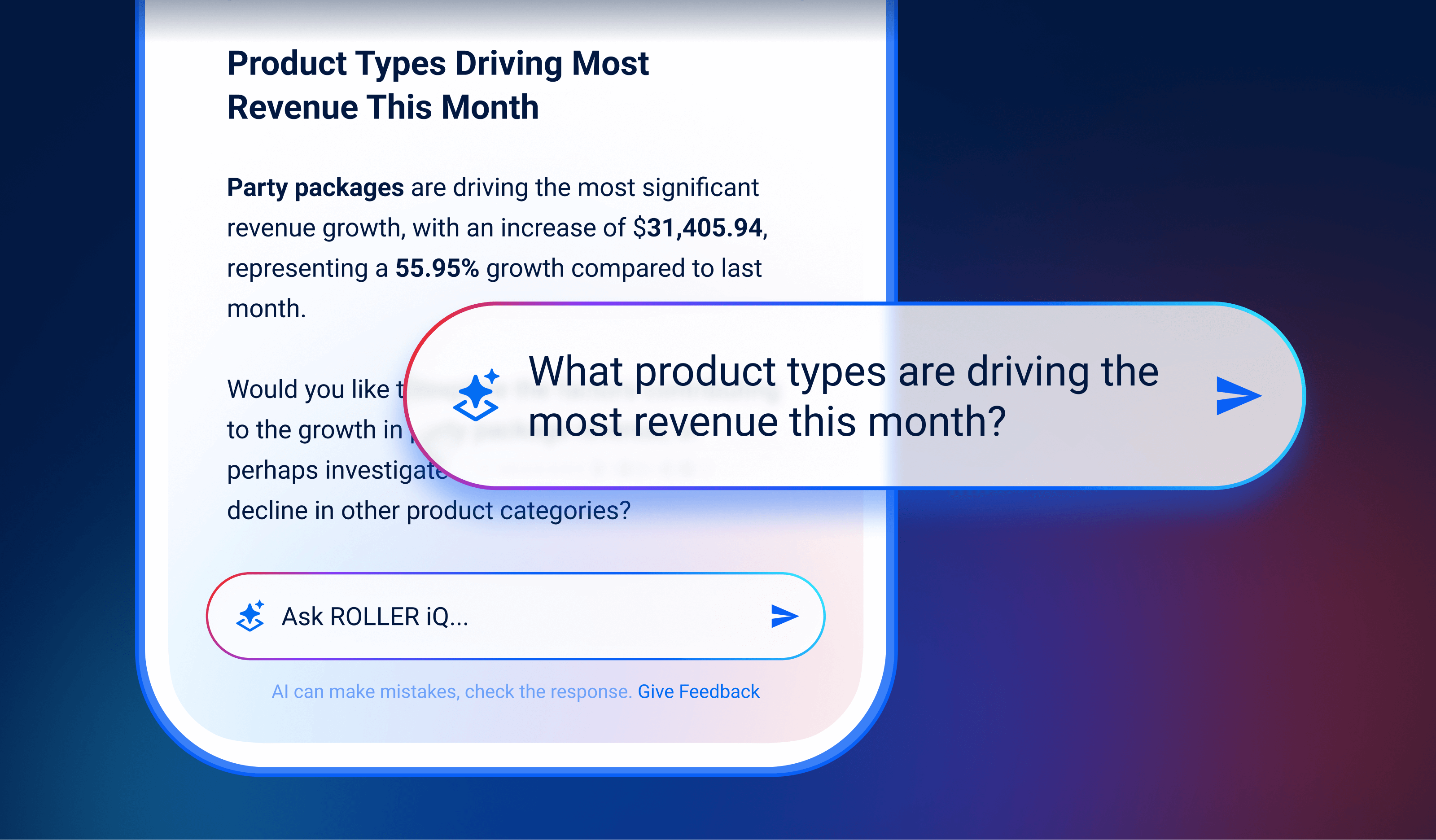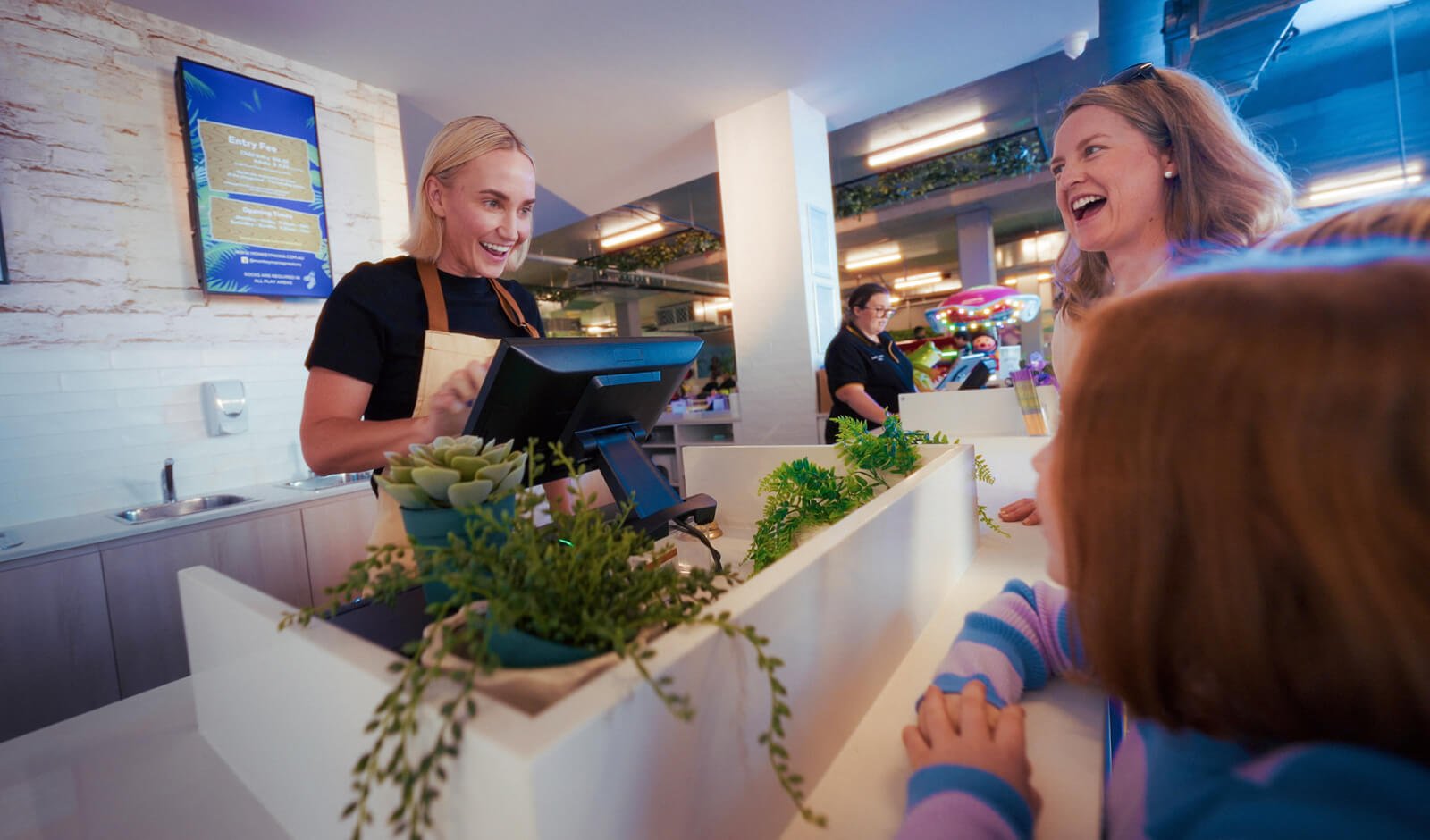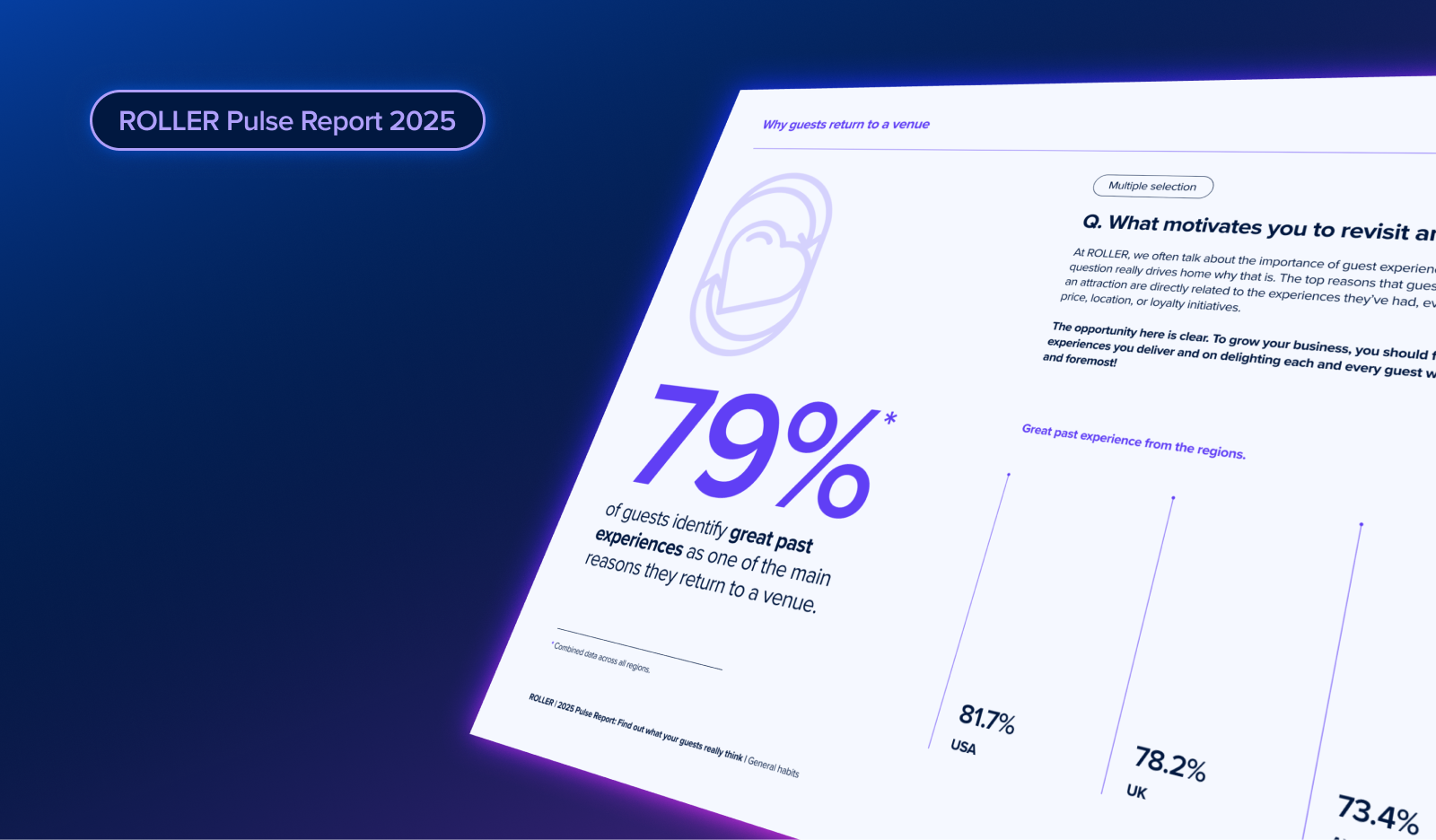
Being in the business of location-based entertainment, we cannot ignore that the digital universe is growing at an accelerated pace. Whether you see a future in it or think it’s overhyped, we cannot overlook its rise nor the billions of dollars being funneled into it. Most notably, Meta, the parent company of Facebook, drives Zuckerberg’s mission to create a new world in the metaverse.
On the one hand, it should make our blood boil here in the attractions industry, where we reside in the real world. We create experiences based on social gatherings in real life, and the pandemic has amplified the need and craving to be together, travel, and participate in meaningful experiences out of the home. We can easily brush this off as a fad that will pass in time when it is proven that the demand for virtual gatherings isn’t as high as companies like Meta had hoped for.
On the other hand, we can see in real-time where it’s being implemented and gaining traction. A virtual fashion week will be held in the metaverse in March 2022 on a platform called Decentraland. Also on Decentraland, the Australian Open was one of the first major sporting events in the world to enter the metaverse. After Meta’s Oculus Quest 2 headsets proved to be one of the top holiday gifts in 2021, the National Basketball Association now offers courtside seats, virtually of course, via Oculus. And if that’s not enough, you can now get married in the metaverse. Given the amount of weddings that were canceled, postponed, or live-streamed on Zoom, this actually seems like a better alternative.
But wait. What if we found a blend between the two?
Let’s rewind to March 2020 (I know, no one wants to go there, but bear with me for a minute). While the world was shut down, including the entire attractions industry, many venues immediately sought to engage their visitors online, to keep the experience top of mind, even when no one was able to visit. For instance, several museums all over the world immediately offered virtual tours for their audience to experience everything they have to offer… without leaving home. The Cincinnati Zoo created a unique opportunity for a “Cincinnati ZOOm Call,” where participants could invite an animal from the zoo into their meeting. Not only is this clever and engaging, but was also an excellent fundraising opportunity for the zoo to generate income when there was no ticket revenue coming in.
Fast forward back to today, and now we’re looking into how the industry moves forward with engaging guests virtually, keeping a close eye on the metaverse and the implications that it has to real-life experience, while also protecting the quality of the product and experiences that our industry is known for providing.
What happens next?
Those who embrace the new reality and blend it in with their existing terra firma infrastructure and business model will succeed. Winston Fisher, CEO of AREA15 in Las Vegas, shares some thoughts on how two worlds can successfully blend. “I see a world where the digital and the physical are blended together. What does it mean to have a digital skin, and can you wear it in the physical? How am I perceived? What avatar am I? Can you see me as my digital avatar in the physical space? Things like that are really interesting.”
However, there is a time and place where the physical world should be the predominant platform, and the last couple of years have proven that digital can take us far, but there is in fact an endpoint. Specifically, Winston talks about how events translate into the digital world. “I don’t really love events. I think there’s some power for networking in the digital, but do I really want to attend a concert in the digital? I don’t. Nothing beats the energy of everybody singing and cheering at one time. But having the ability to plug in and link digital events with physical overlay… this is where I think the future rests.”
Other ways that the digital and physical space can blend is through the use of NFTs, or non-fungible tokens. For example, Morgan Fioriono is the Founder and Creative Director of Connecting Roads Collective, which is the world’s first curated experience collection that is powered by NFT technology. To build the Connecting Roads community, membership is solidified in the form of an NFT, which enables a membership that allows access to the collective of different experiences. “These experiences range from a day trip snorkeling to an incredible five-day southwest experience where you’re taking a helicopter to view all the national parks. With your membership, you can use your token to travel to different places and to different experiences within our collection.”
If you compare Connecting Roads to a vacation club, the utility of a member’s NFT through Connecting Roads shows its value. In a traditional vacation club, you cannot transfer your ownership; however, because the value of Connecting Roads has the opportunity to grow, you can sell your NFT down the road and potentially profit from the transaction.
Regardless of how up to speed you are in elements of the metaverse, virtual reality applications in actual settings, NFTs, and blockchain, there is no doubt that the attractions industry needs to be paying attention, and taking action - sooner, rather than later. The quicker we can be at the forefront of emerging technology, the better we will be able to weave it into our existing infrastructure and guest experience.
Related articles


Indoor Playground Software Buyer’s Guide: How to Compare POS Systems and More

What the 2025 Pulse Report Reveals About the Guest Experience
Enhance your guest experience
Get free education, tips and inspiration to help you run a successful venue.